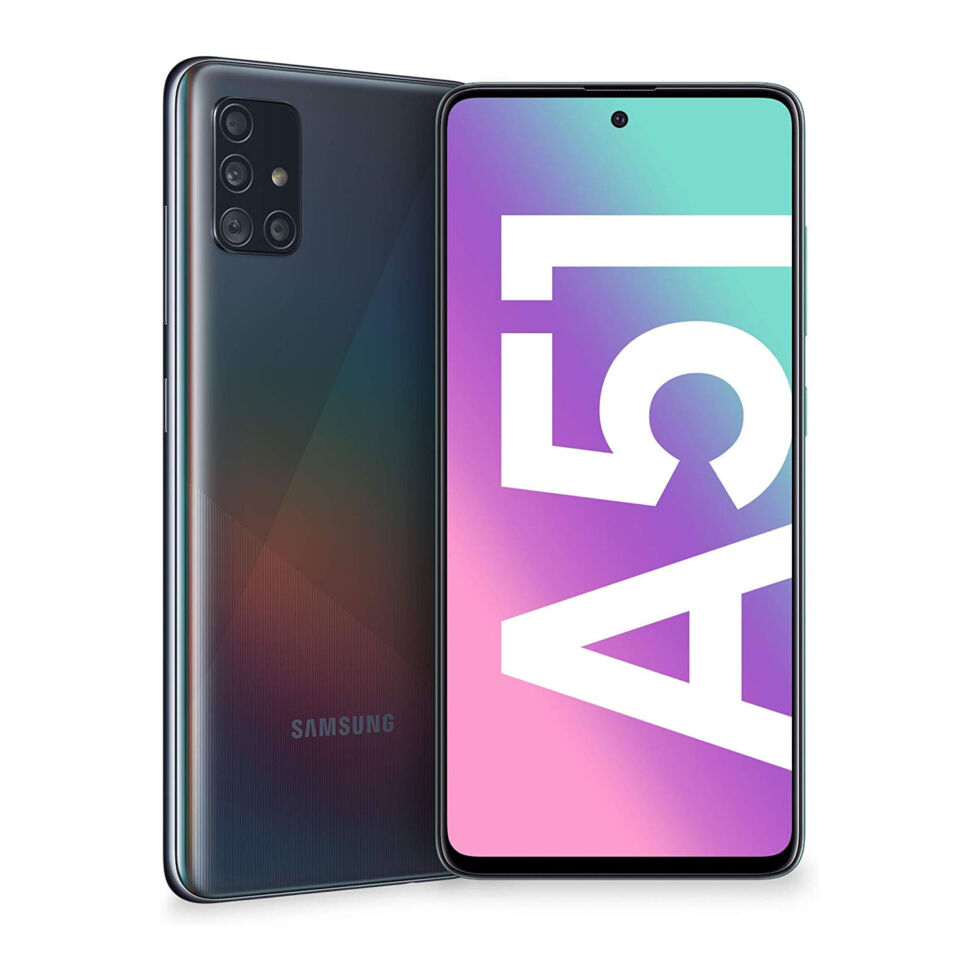The Galaxy A51, Samsung’s $399 iPhone SE fighter, gets a wide US release

The Galaxy A51, obviously. [credit: Samsung ]
Samsung's midrange smartphone lineup has been getting more and more prominent in the United States lately, and now we're seeing wider distribution for a particularly interesting device: the Galaxy A51. The phone was previously on Verizon, but as of today it's headed to Sprint, AT&T, Xfinity (but only for pre-order), Amazon, and Samsung.com. As a $400 device, this is Samsung's closest competition to the iPhone SE, Apple's recently released midrange juggernaut. In a post-iPhone SE world, it feels like every Android phone needs to justify its existence next to the cheap iPhone, so let's compare!
Of course, the iPhone SE is a $400 phone that somehow packs The World's Fastest Mobile SoC, the Apple A13 Bionic. It's not only faster than the Samsung Exynos 9611 in the Galaxy A51, but faster than any SoC, in any Android phone, even Samsung's top-of-the-line $1,400 Galaxy S20 Ultra. The Exynos 9611 is a 10nm SoC with four 2.3GHz Cortex-A73 cores and four 1.7GHz Cortex-A53 cores. This is a rare non-Qualcomm chip to come to the US, and the rough Qualcomm equivalent would be the Snapdragon 835, the flagship SoC from 2017.
The SoC situation is downright embarrassing for Team Android, but the A51 has a lot to say when it comes to the display and design of the two phones. The A51 is sporting a more modern design than the SE, with slim bezels and a hole-punch front camera. The iPhone SE recycles the iPhone 8 design and consequently looks like a phone that's a few years old. Samsung being Samsung, the A51 has a massive display, a 6.5-inch, 2400*1080 OLED with a 20:9 aspect ratio and 405 pixels per inch. The iPhone SE display is smaller than nearly every Android phone on the market and very old school, with a 4.7-inch 1334*750 LCD with a 16:9 aspect ratio and 326 PPI. Samsung also has an in-screen optical fingerprint reader, while Apple resurrects TouchID with a front capacitive reader. I like the symmetry here: Samsung has a modern design and SoC technology that was top-of-the-line in 2017, while Apple has a design from 2017 and a modern SoC.
Read 5 remaining paragraphs | Comments